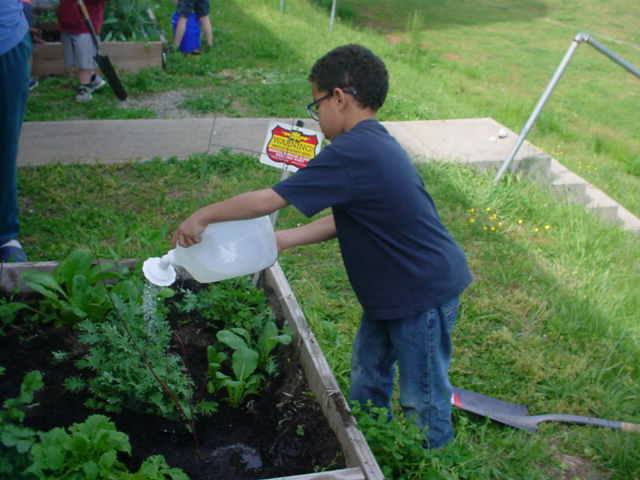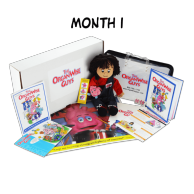Today we continue our gardening series with Dr. Mary Ball, PhD, who after a 40-year career as a college biology professor, became a Tennessee Master Gardener and enjoys gardening with kids. Dr. Ball has helped secure funding for gardening, nutrition education, and hundreds of dollars worth of donated seeds to schools and afterschool programs in rural East Tennessee.
Many people have never eaten beets, much less grown them, but they are both nutritious and easy to grow! In the process of growing beets, both kids and “newbie” gardeners can learn a lot that they can use in growing other veggies.
Here are some helpful lessons for growing beets:
Lesson #1: Get to know each of your veggies – their cold and heat tolerance, soil depth needed, how to know when they are ready to pick, when they reach their peak of flavor, and how available “varieties” differ. (Tip: Learn to read seed packages in detail!)
- You can grow beets earlier in the Spring and later in the Fall than most veggies because beets can tolerate a light frost.
- Beets can be fun for kids to grow because the seeds (actually seed clusters) are big enough for them to hold and to practice spacing them out. But multiple plants can grow from one seed cluster, so thinning is important.
- Beets are sweetest and most tender when harvested at the size of golf balls, so you can grow them in raised beds.
- Several different types of “table beets” can be planted, producing different colors of roots, stems, and even leaf veins!
Lesson #2: Plan ahead for crop rotation – wait at least 3 years before replanting families in the same place so that insect lifecycles are disrupted, soil-borne diseases don’t build up, and weeds don’t become established.
- Beets are in the same family with Swiss Chard (which is sort of a beet with no bulb) and Spinach. So plant these together but plan to alternate their location among 3 different beds on years 1, 2, and 3.
Lesson #3: Plan ahead for harvesting and preparing your harvest.
- Judge the size of the root by looking at the “shoulders” that stick up above the ground. Harvest when golf ball size.
- All parts of the plants are edible and the root can be stored and prepared in many different ways!
Lesson #4: Collect and share “recipes” for creative ways to use the harvest to minimize “waste.”
- After the beets sprout, “thin them” to 1” apart by cutting off the leaves, repeating daily until the remaining plants are 3” apart. The cut-off “greens” can be eaten raw or used in any recipe in place of spinach or chard. Beet greens taste slightly sweet, and are high in potassium, calcium, and vitamin A.
- A search for ways to use beet roots and beet greens as ingredients will yield lots of ways for gardeners and cooks to use them!!
- Even peelings and scraps of these and other veggies can be used to create “paints” and “stampers.” (Red beet juice makes a good dye for wool yarn.) Try applying the paints/dyes to different materials and types of paper!!
Good luck and enjoy!


